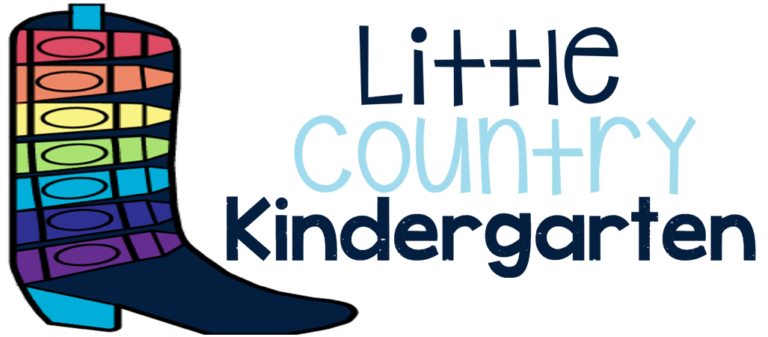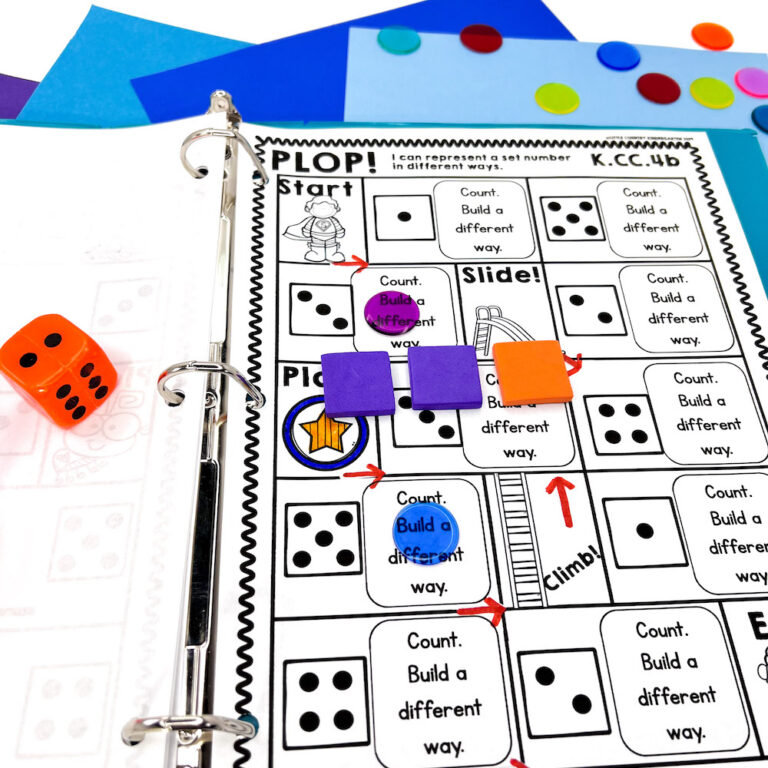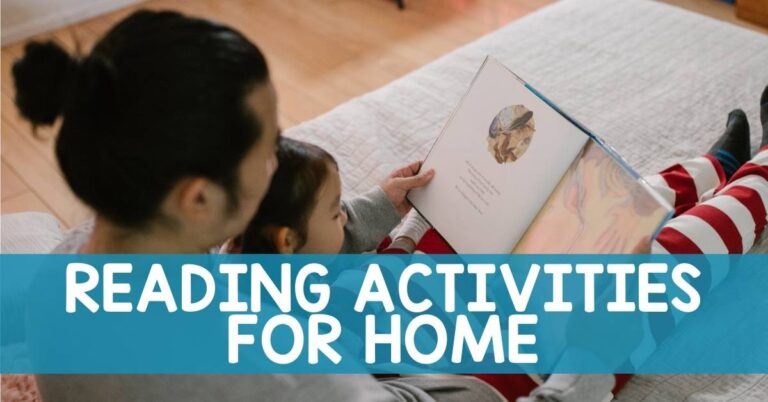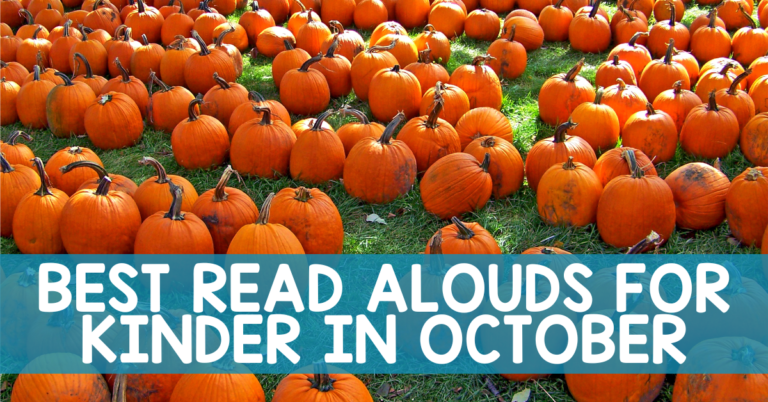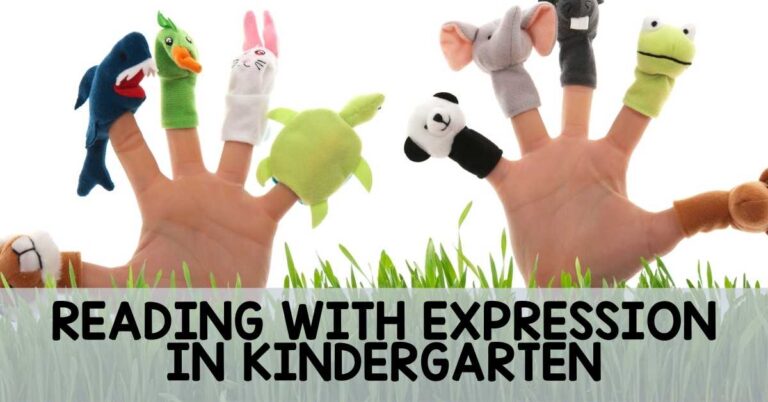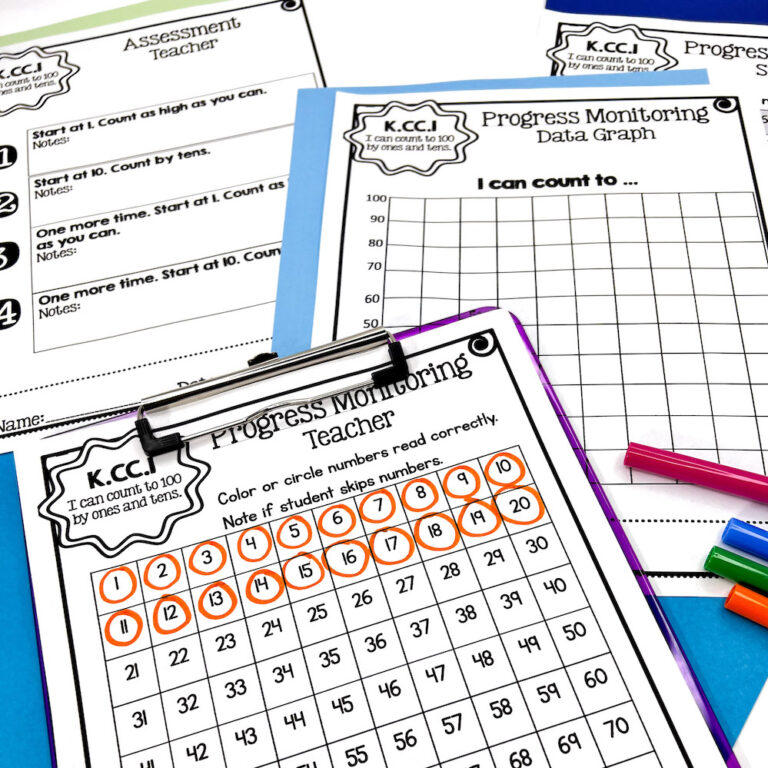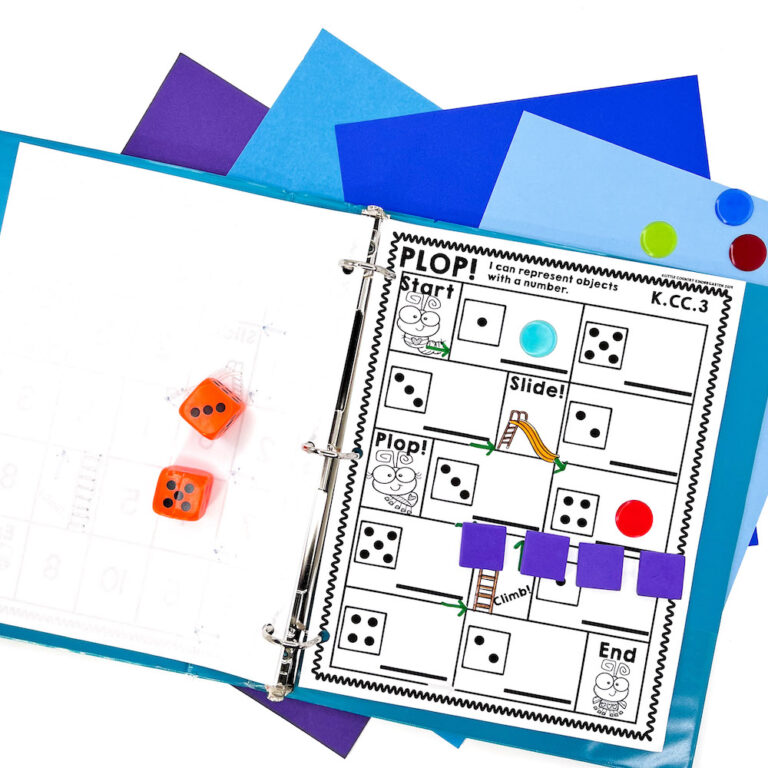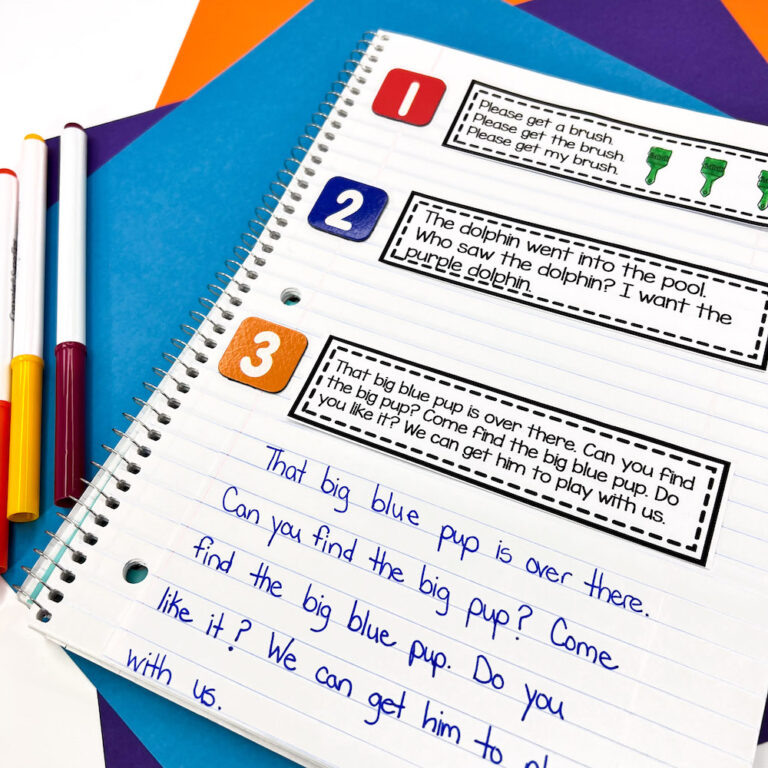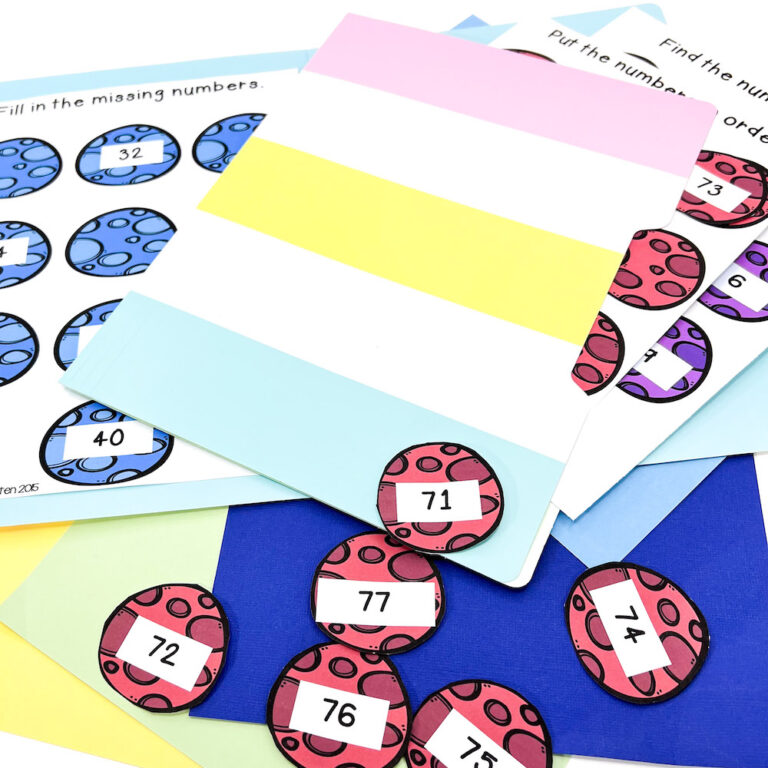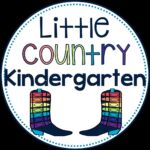Do you have students who are reluctant readers? Do they say “I can’t read!” or get frustrated before even attempting to read? Are your students unfocused and unmotivated during your reading block and you just want them to share the love for reading you have? It’s ok! I’ve had kindergarten reluctant readers too, but kindergarten is the perfect time to turn that around and help them see how much fun reading can be!
Why Fostering a Love for Reading Matters
We know that reading is so important in our daily lives. We read to gain knowledge, add to our vocabulary, and it can be a thing of joy when we read exciting or fun stories. Reading is like an exercise for your brain and a field trip without ever leaving school. But how do we foster a love for reading when our kindergarten reluctant readers don’t even want to start trying?
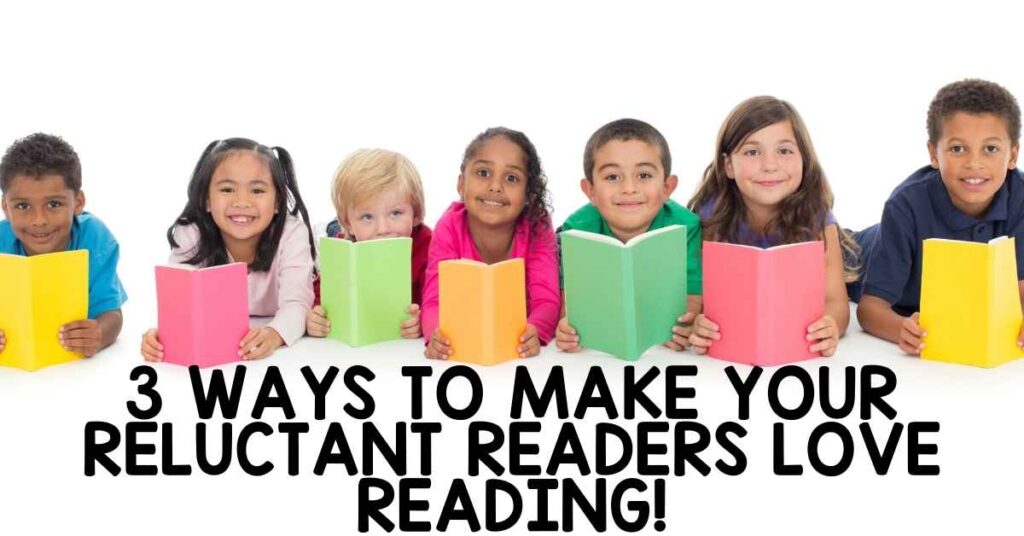
How to Handle Kindergarten Reluctant Readers
Boost Student Confidence
Many students are reluctant readers because they simply aren’t confident. They are overwhelmed with how many things they don’t know (letters, sounds, words) and are afraid of making mistakes. Ensuring you have a positive classroom culture where students can take risks safely is key to overcoming this fear. Some ways I create this is by using lots of classroom cheers when someone is celebrating a success and doing daily affirmations during morning meetings.
Starting with simple decodable texts is an easy way to boost student confidence. If students are overwhelmed with reading, starting with simple texts and sentences can give them a starting point where they can succeed. Simple texts help improve students’ fluency, and this often makes them want to read more when they aren’t taking so long word by word.
Sometimes my students need a starting point even below that, and that is where I would pull out my alphabet readers instead. Starting where students are ensures that they feel confident they can succeed. Slowly increasing the difficulty of texts keeps their confidence and their willingness to try again. Learning to read is not a race, especially if you want to instill a love for reading in your kindergarten students!
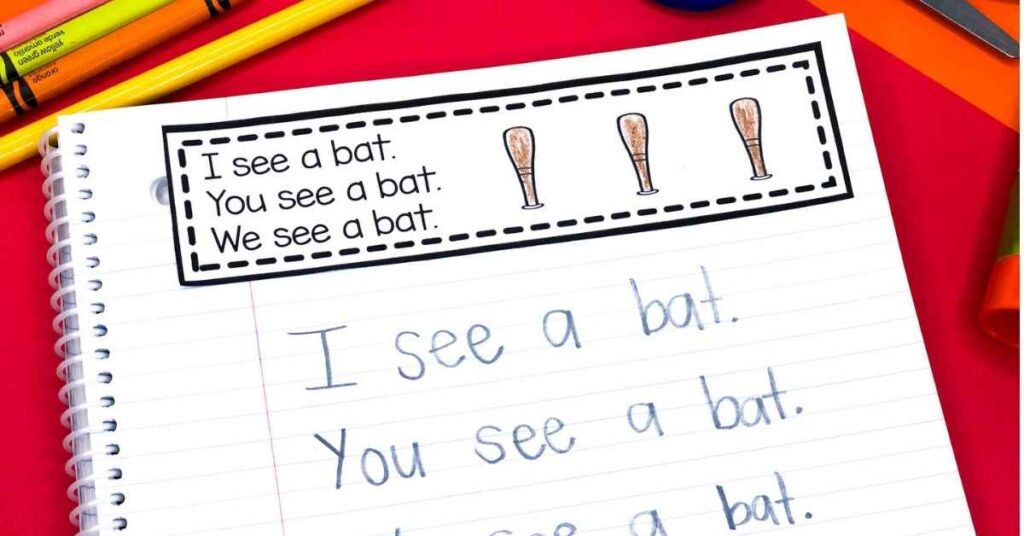
Rereading books is another strategy to boost student confidence and turn those reluctant readers into eager readers. I like to pick weekly books to incorporate into my classroom that we reread several times throughout the week. Students have access to these and feel comfortable reading them because they have read them several times. Rereading books increases confidence and is a great way for students to start reading with more fluency, expression, and comprehension.
Engage Students in Text
Besides being overwhelmed or not confident, often times students are reluctant readers because they are not engaged. If there are not books where they can see themselves, or books that they are interested in, why would they love to read? Knowing your students’ interests and selecting books for your classroom library that incorporate those are one easy way to engage students in text. Making sure you have a diverse classroom library that shows students from different cultures, families, and lifestyles, is also extremely important. Students love to see stories that show the life they know!
We practice reading with expression in my classroom, especially working with different voices! Something that always engages my kindergarten reluctant readers is allowing them to choose what voice we may be reading in. This could be anything from the volume such as whispering, to funny accents like pirate voice, or even speed by slowing way down like a turtle. Kindergarten reading should be fun and making it fun definitely starts sparking that love for reading!
Another simple way to engage my students is by giving them choices to how they will read. They can read alone or to a partner or stuffed animal, pick their spot to read in the room, select fun manipulatives to point to their words with, and even record themselves reading! Empowering students with choice improves their confidence and engagement when it comes to reading.
I believe that kindergarten students should understand why they have to learn different things. If my students understand the purpose of reading they will be more engaged in tackling the task. I explain to my students why we need to learn to read: to inform ourselves, to complete tasks, and for entertainment. By making reading useful and authenticating it, they understand that it is important. One fun way to engage students in reading is by using kindergarten research projects. This is an easy way to have students learn more about something they are interested in and practice both reading and writing!
Adapted books are another way I engage my kindergarten reluctant readers. They love that they can move the pieces to match each page after they decode. The pictures are also used for visual comprehension questions after reading so they feel confident answering questions after they read as well. These are some of the books I like to send home with my students to read with their families to practice that love for reading at home as well as school.
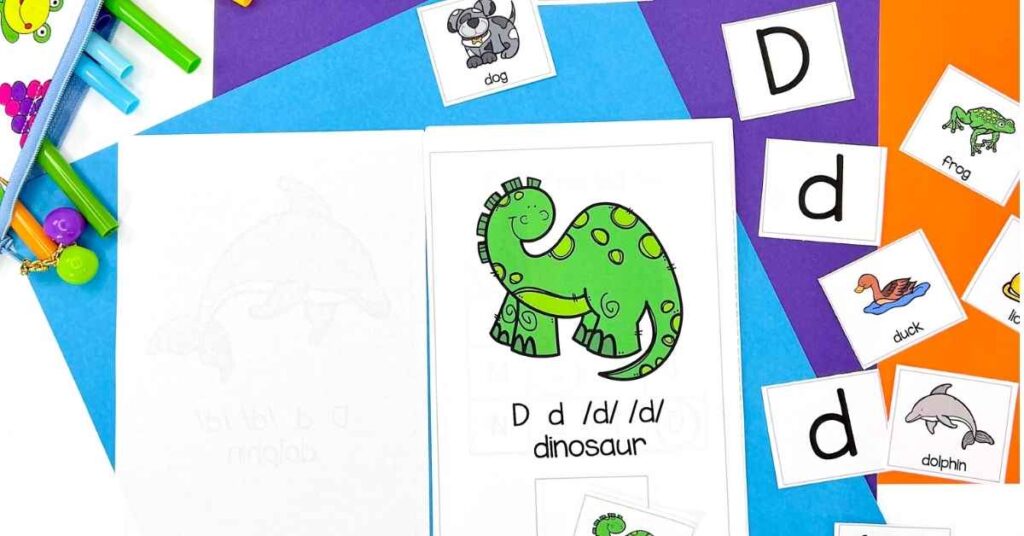
Build a Consistent Routine
Routine is huge in my classroom. My students know what to expect because we have a set schedule that we follow each day. They know that on Mondays they can go book shopping for the week for books that are both at their ability level and at their interest level. They understand that they will have a chance to do author’s chair and both share their own and listen to their peer’s work or books they have learned to read.
My students know that some books will be read multiple times throughout the week, and that reading books more than once is a great thing to do! Having a set reading routine can turn your kindergarten reluctant readers into confident readers who understand what is expected of them.
Students are often more willing to read when they see it is important at home as well as at school. I send home decodable texts weekly for my students to read with their families. These are texts that the students have already read in class so they should need minimal help from their families. This gives students the chance to show off what they have learned and continue that reading routine across environments.
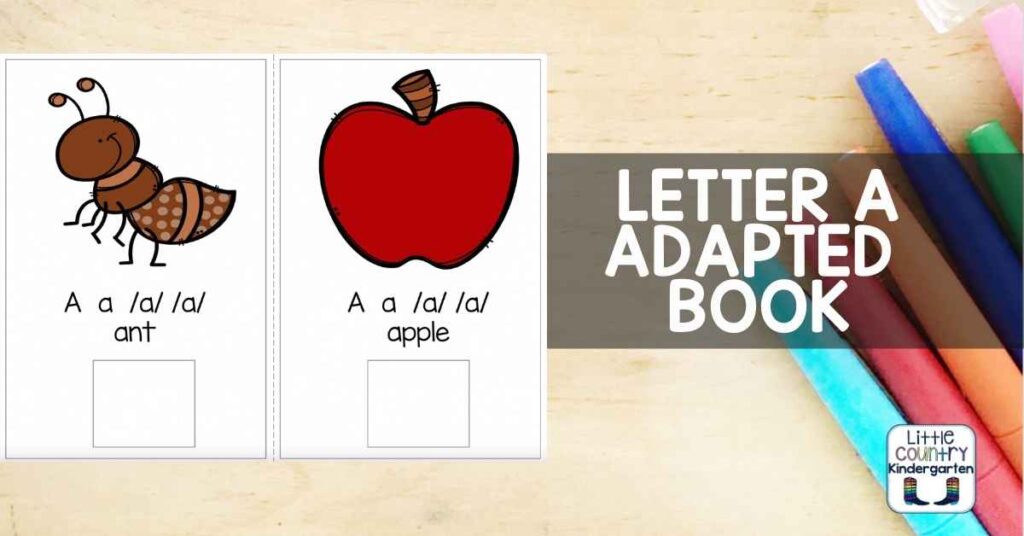
I also like to send home books students are interested in but may not be able to read by themselves and encourage my families to read these with their students. Sending home choice boards gives families ideas of how to make reading more fun by using funny voices, reading in different places, and asking engaging extension questions. When the school to home connection is strong, students are more likely to succeed! Reading with their families and watching their families read can really grow your students’ love for reading.
Fostering a Love of Reading Takeaways
With some intentional planning you can easily foster a love of reading in your kindergarten students. Focusing on confidence, engagement, and a predictable routine allows students to become more comfortable and less reluctant to read. When students can take risks safely and see success they start to learn that reading is fun!
Engage those Reluctant Readers Today!
Change your kindergarten reluctant readers to ready readers by using this fun letter adapted book to engage your kindergarten students. Simple, decodable text empowers students with the confidence they need to succeed. Moveable pieces create the enthusiasm that students need to learn to love reading. Teach it once and then let your readers decide how and to whom they wish to read these adapted books!
